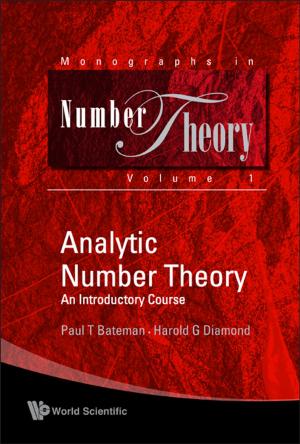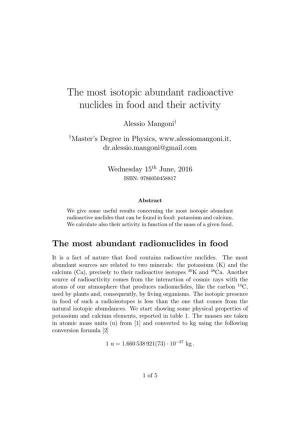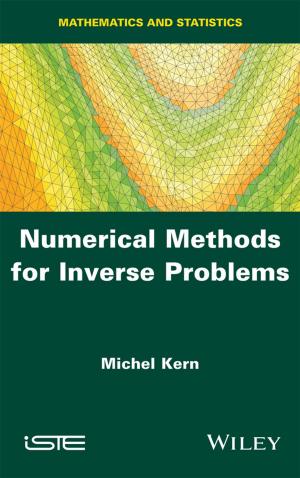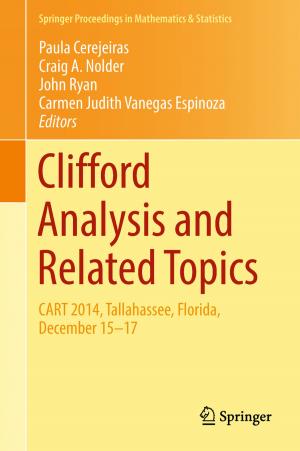Hypothesis Testing Made Simple
Nonfiction, Reference & Language, Education & Teaching, Teaching, Statistics, Science & Nature, Mathematics, Mathematical Analysis| Author: | Leonard Gaston | ISBN: | 9781310993435 |
| Publisher: | Leonard Gaston | Publication: | March 7, 2014 |
| Imprint: | Smashwords Edition | Language: | English |
| Author: | Leonard Gaston |
| ISBN: | 9781310993435 |
| Publisher: | Leonard Gaston |
| Publication: | March 7, 2014 |
| Imprint: | Smashwords Edition |
| Language: | English |
This tutorial, directed primarily toward students doing research projects, is intended to help them do four things : (1) Decide if their data gathering activity can yield numerical data that will permit a meaningful hypothesis test. (2) If it will, decide if one of the tests described would be useful. (3) If so, apply that test, and (4) Adequately explain the use of the test so their readers can have confidence in their analysis.
It is not intended to be a text for a complete statistics course – only a guide to few relatively simple tests . Complex hypothesis testing procedures are not covered. For example, the discussion of Analysis of Variance (ANOVA) introduces what is called one way ANOVA. Two way ANOVA, a more complex procedure involving the use of blocking variables, is not covered. It simply presents a few commonly used tests and down-to-earth explanations of how to use them.
It is intended to be a low cost supplement that can help its reader understand a few commonly-used tests. It was put together on a shoestring by a non-mathematician for the benefit of other non-mathematicians -- or for mathematicians who have forgotten some or all of the statistics they have studied. There are no color illustrations or professionally-prepared charts and graphs. Economy was a guiding principle.
Four brief introductory chapters discuss numbers, basic terms, measures of central tendency and dispersion, probability, and data presentation. With that background the book then introduces various tests and explains them in down to earth language.
This tutorial, directed primarily toward students doing research projects, is intended to help them do four things : (1) Decide if their data gathering activity can yield numerical data that will permit a meaningful hypothesis test. (2) If it will, decide if one of the tests described would be useful. (3) If so, apply that test, and (4) Adequately explain the use of the test so their readers can have confidence in their analysis.
It is not intended to be a text for a complete statistics course – only a guide to few relatively simple tests . Complex hypothesis testing procedures are not covered. For example, the discussion of Analysis of Variance (ANOVA) introduces what is called one way ANOVA. Two way ANOVA, a more complex procedure involving the use of blocking variables, is not covered. It simply presents a few commonly used tests and down-to-earth explanations of how to use them.
It is intended to be a low cost supplement that can help its reader understand a few commonly-used tests. It was put together on a shoestring by a non-mathematician for the benefit of other non-mathematicians -- or for mathematicians who have forgotten some or all of the statistics they have studied. There are no color illustrations or professionally-prepared charts and graphs. Economy was a guiding principle.
Four brief introductory chapters discuss numbers, basic terms, measures of central tendency and dispersion, probability, and data presentation. With that background the book then introduces various tests and explains them in down to earth language.















